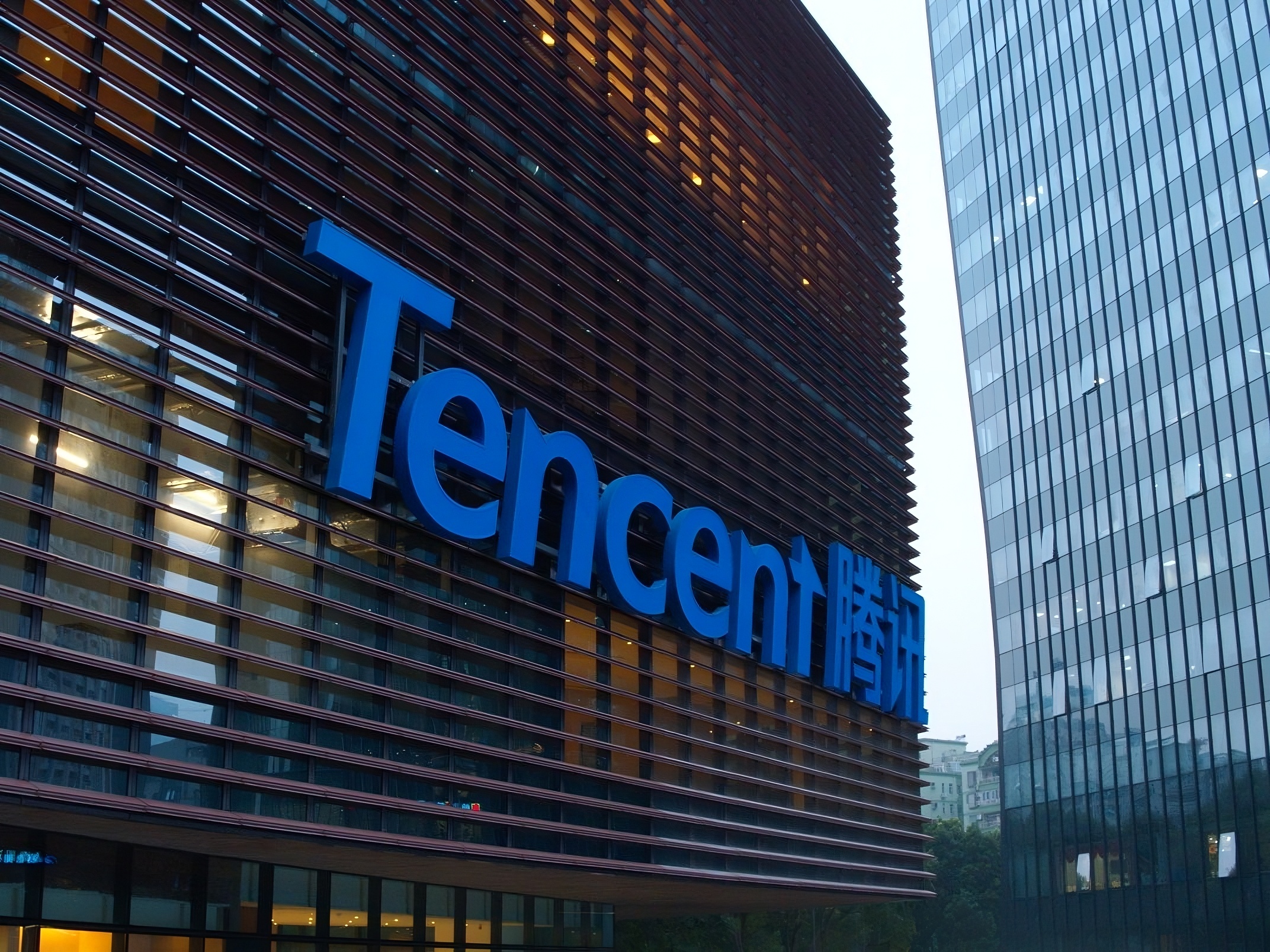Tencent’s Hunyuan AI Models: Powerful, Efficient, and Open-Source for Diverse Applications
Enhanced Open-Source AI Models Deliver Robust Performance for Edge to Production Environments
Tencent has expanded its powerful Hunyuan family of open-source AI models, bringing broad versatility to developers and businesses. These models, designed for optimal performance across a spectrum of computational environments, from resource-constrained edge devices to high-concurrency production systems.
Key Features and Benefits:
This release includes a suite of pre-trained and instruction-tuned models readily available on the Hugging Face platform. Models with varying parameter scales (0.5B, 1.8B, 4B, and 7B) offer tailored solutions for diverse demands and budgets. Leveraging similar training strategies to its flagship Hunyuan-A13B model, this new family enables users to choose the ideal model size for their specific needs, from efficient edge computing to high-throughput production workloads, ensuring robust capabilities regardless of the scale.
Long Context, Hybrid Reasoning, and Agent-Based Capabilities:
A significant advantage of the Hunyuan series is its native support for a substantial 256K context window—crucial for handling long-text tasks and maintaining consistent performance in complex document analysis, extended conversations, and detailed content generation. “Hybrid reasoning” allows users to select between fast and slow thinking modes, adapting to specific requirements. Furthermore, the models exhibit strong agentic capabilities, optimized for agent-based tasks, and demonstrate superior performance on established benchmarks including BFCL-v3, τ-Bench and C3-Bench. The Hunyuan-7B-Instruct model achieves impressive results on the C3-Bench (68.5 score), underscoring its proficiency in complex, multi-step problem-solving.
Efficiency Through Advanced Quantisation and Compression:
Tencent’s Hunyuan models are designed for efficient inference using Grouped Query Attention (GQA). This technique boosts processing speed and minimizes computational overhead. Furthermore, advanced quantization, a core aspect of the Hunyuan architecture, reduces deployment barriers.
A customized compression toolset, AngleSlim, empowers users with a streamlined solution. It offers two principal quantization types:
-
FP8 Static Quantization: Leverages an 8-bit floating-point format, achieving efficiency gains through pre-determined quantization scales without retraining.
-
INT4 Quantization (GPTQ & AWQ): Utilizing the GPTQ and AWQ algorithms, INT4 quantization efficiently transforms model weights and activations to achieve W4A16 quantization. GPTQ processes weights layer by layer, while AWQ statistically analyzes activation amplitudes for optimized scaling coefficients.
Outstanding Performance Benchmarks:
Performance benchmarks across various tasks demonstrate the impressive capabilities of the Hunyuan models. For instance, the pre-trained Hunyuan-7B model achieves strong scores on MMLU (79.82), GSM8K (88.25), and MATH (74.85) benchmarks, proving solid reasoning and mathematical prowess. Instruction-tuned variants exhibit similarly impressive performance in specialized areas, like mathematics (AIME 2024), science (OlympiadBench), and coding (Livecodebench).
Crucially, quantization results show minimal performance degradation compared to the original models. On the DROP benchmark, the Hunyuan-7B-Instruct model shows near-identical performance whether running in its base B16 format or after FP8/INT4 quantization.
Ease of Deployment and Integration:
Tencent recommends using established frameworks like TensorRT-LLM, vLLM, and SGLang for seamless deployment and integration with existing development workflows; ensuring OpenAI-compatible API endpoints.
Conclusion:
The Tencent Hunyuan model series stands out as a powerful contender in the open-source AI landscape, offering a compelling balance of performance, efficiency, and flexible deployment options. Their robust abilities, combined with a range of optimization strategies, make them suitable for a wide range of applications.
Keywords: Tencent, Hunyuan, AI models, open-source, large language models, LLMs, quantization, GQA, AngleSlim, FP8, INT4, GPTQ, AWQ, pre-trained models, instruction-tuned models, deployment, edge computing, production systems, Hugging Face, benchmarks, performance, efficient inference.

